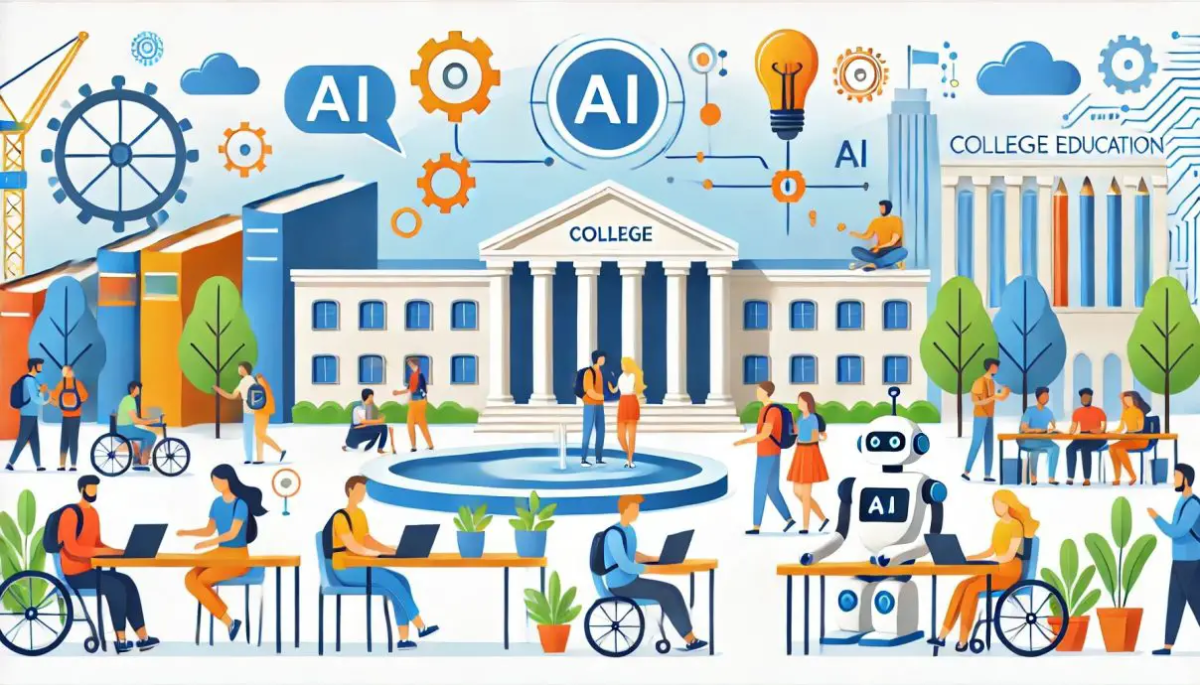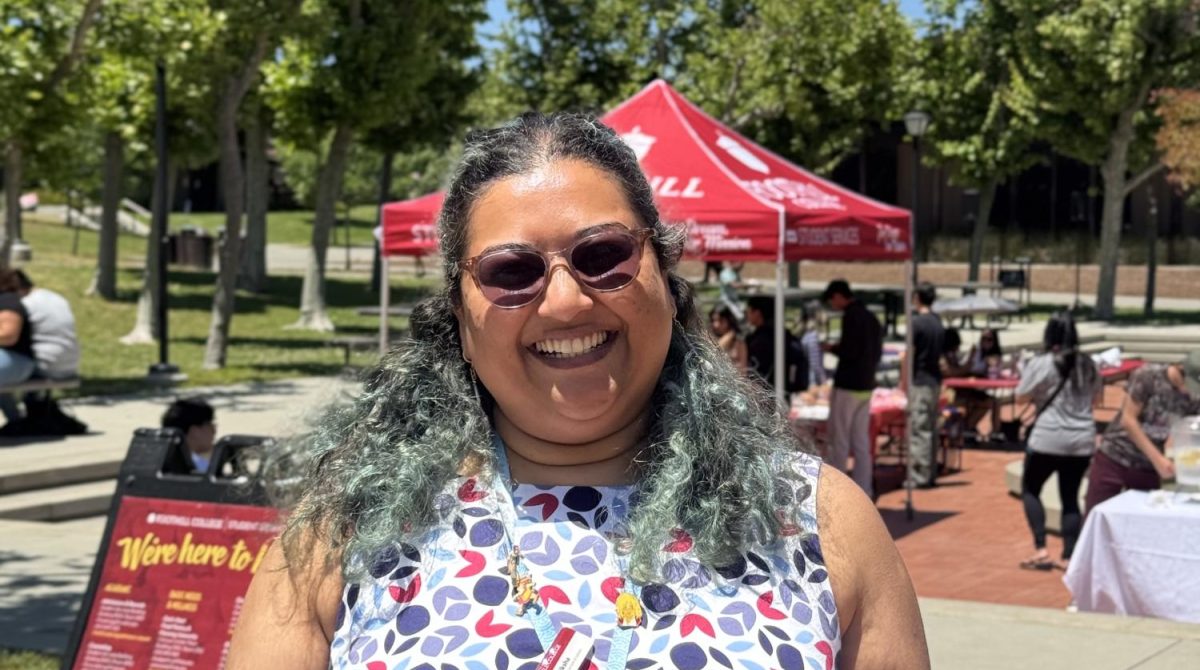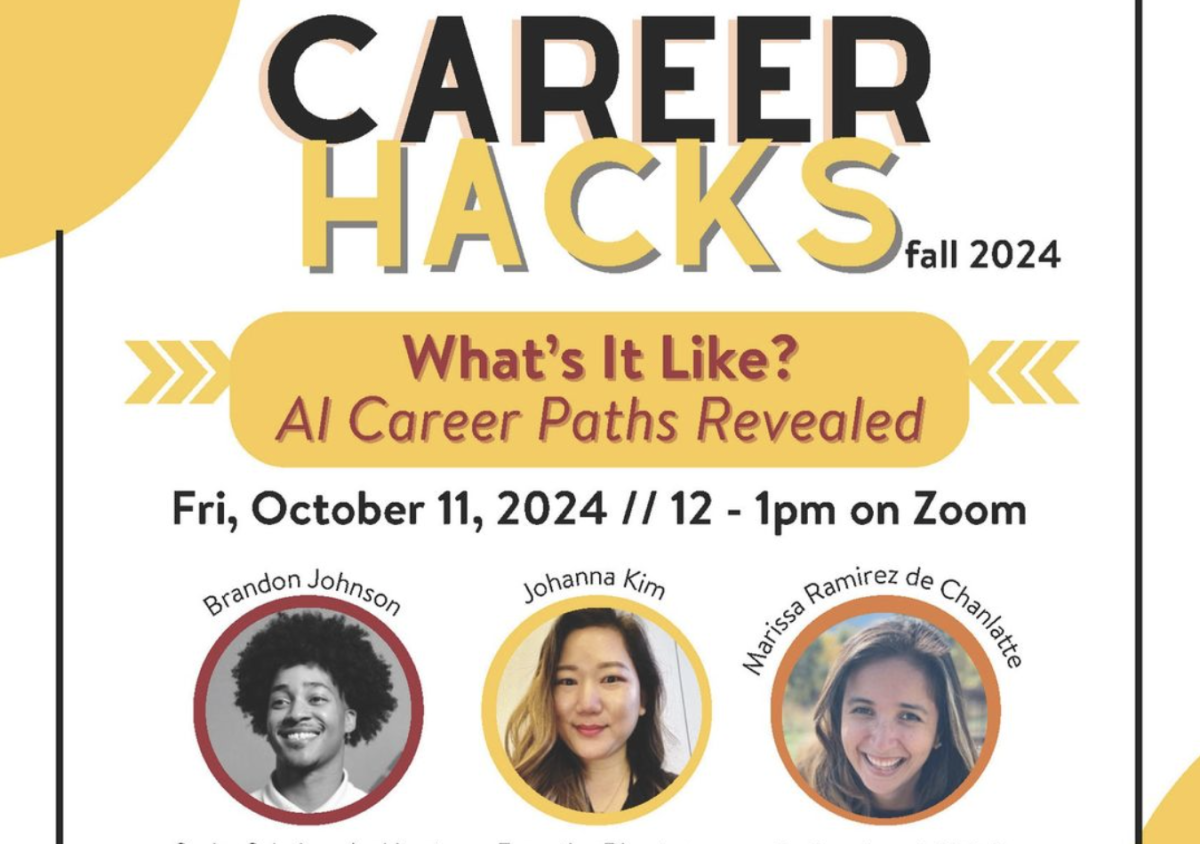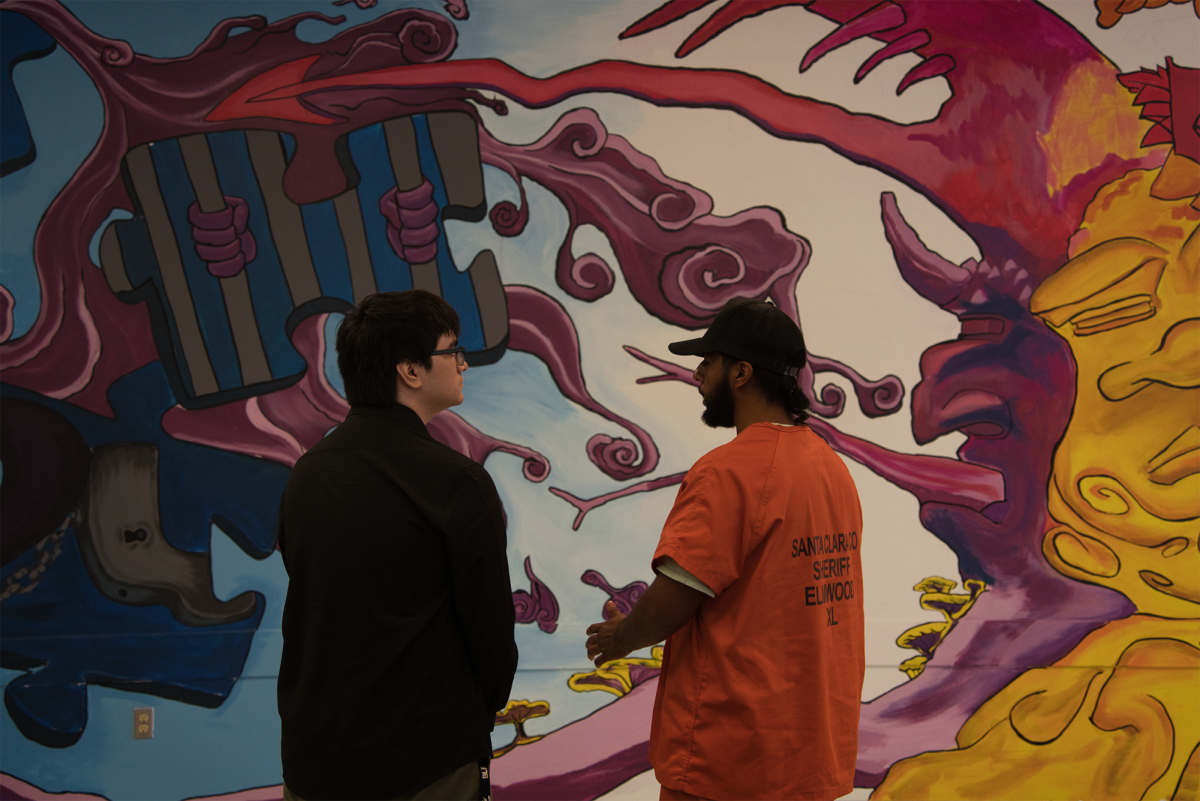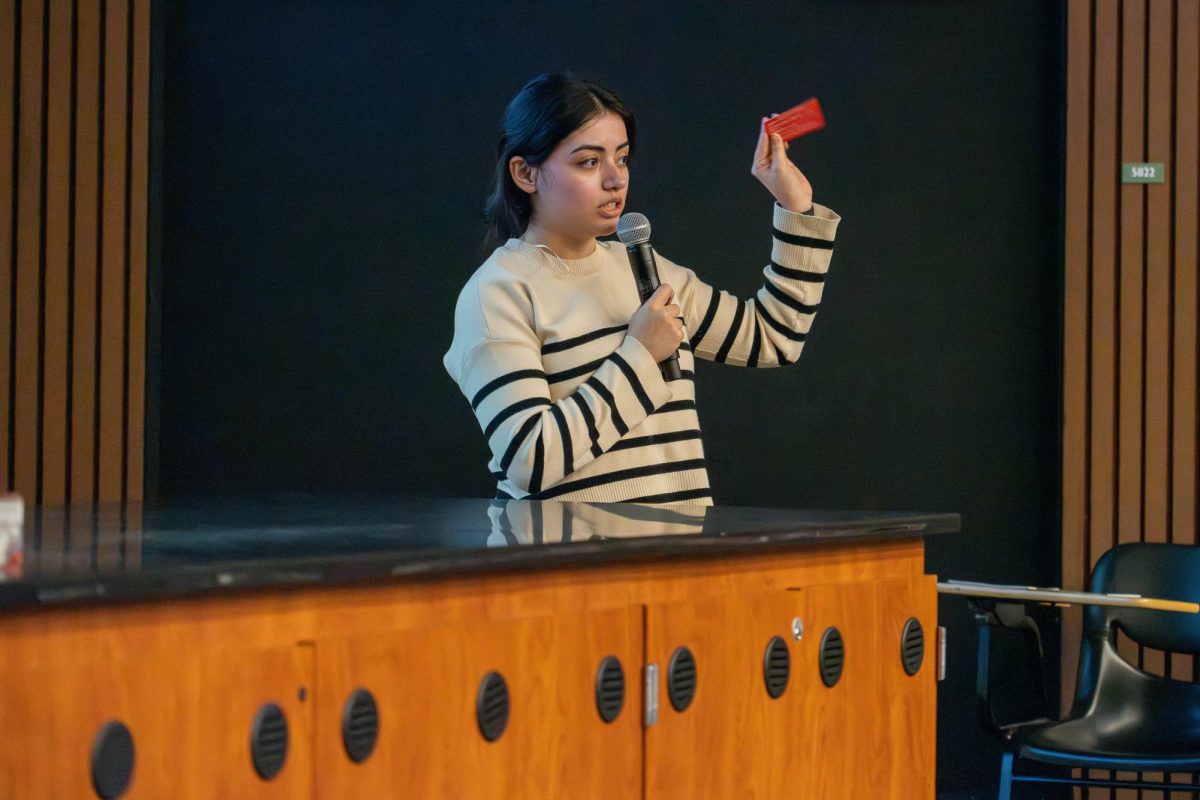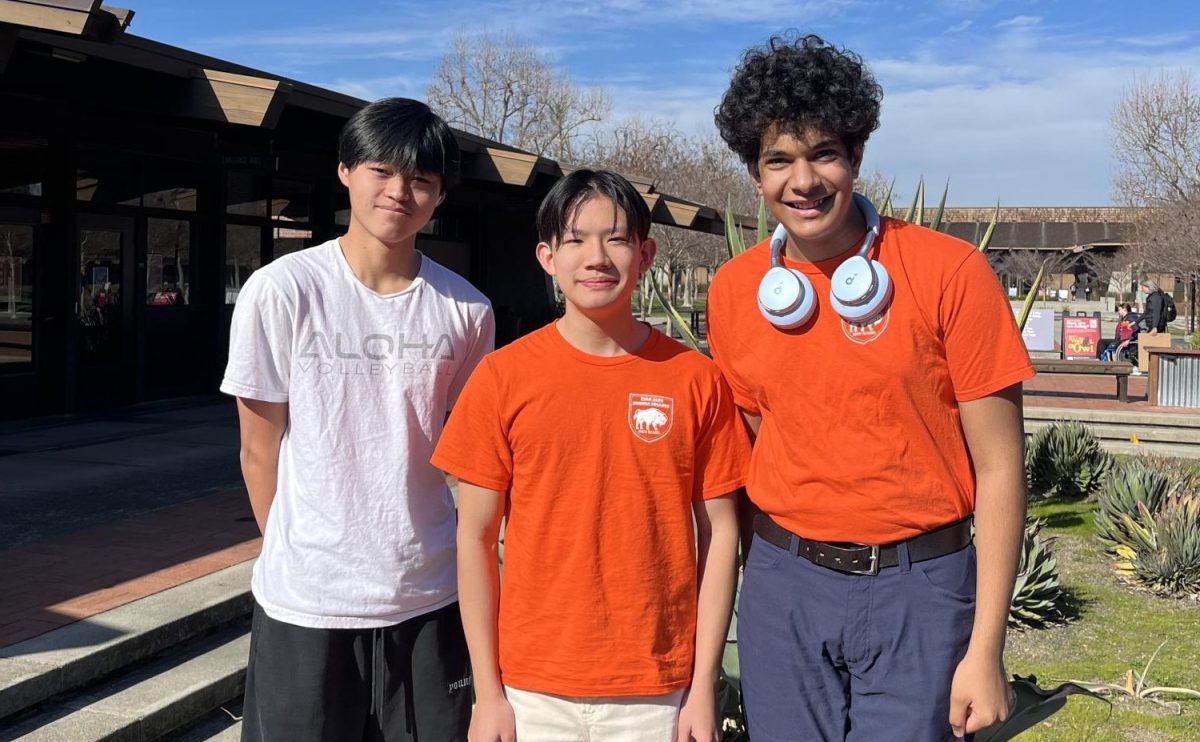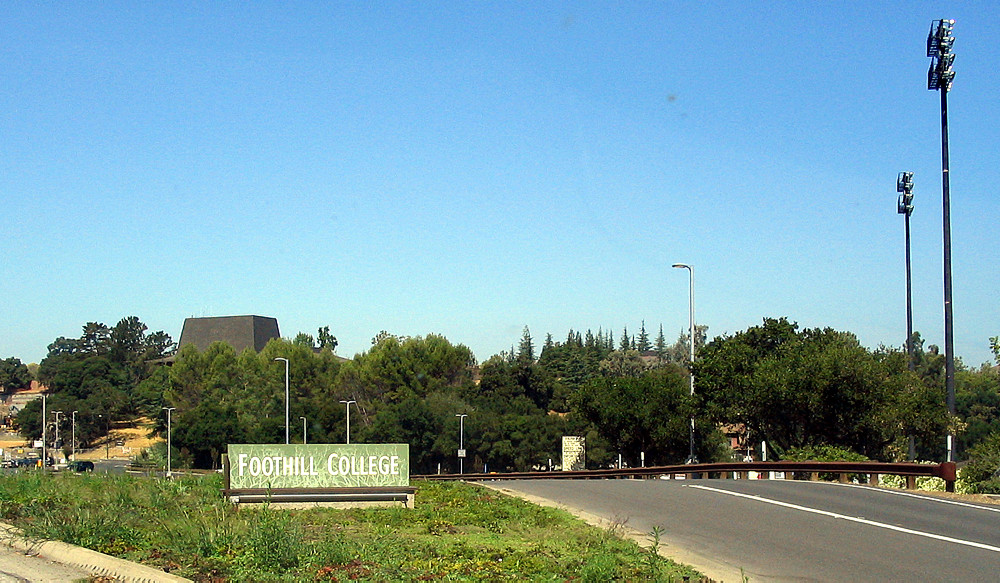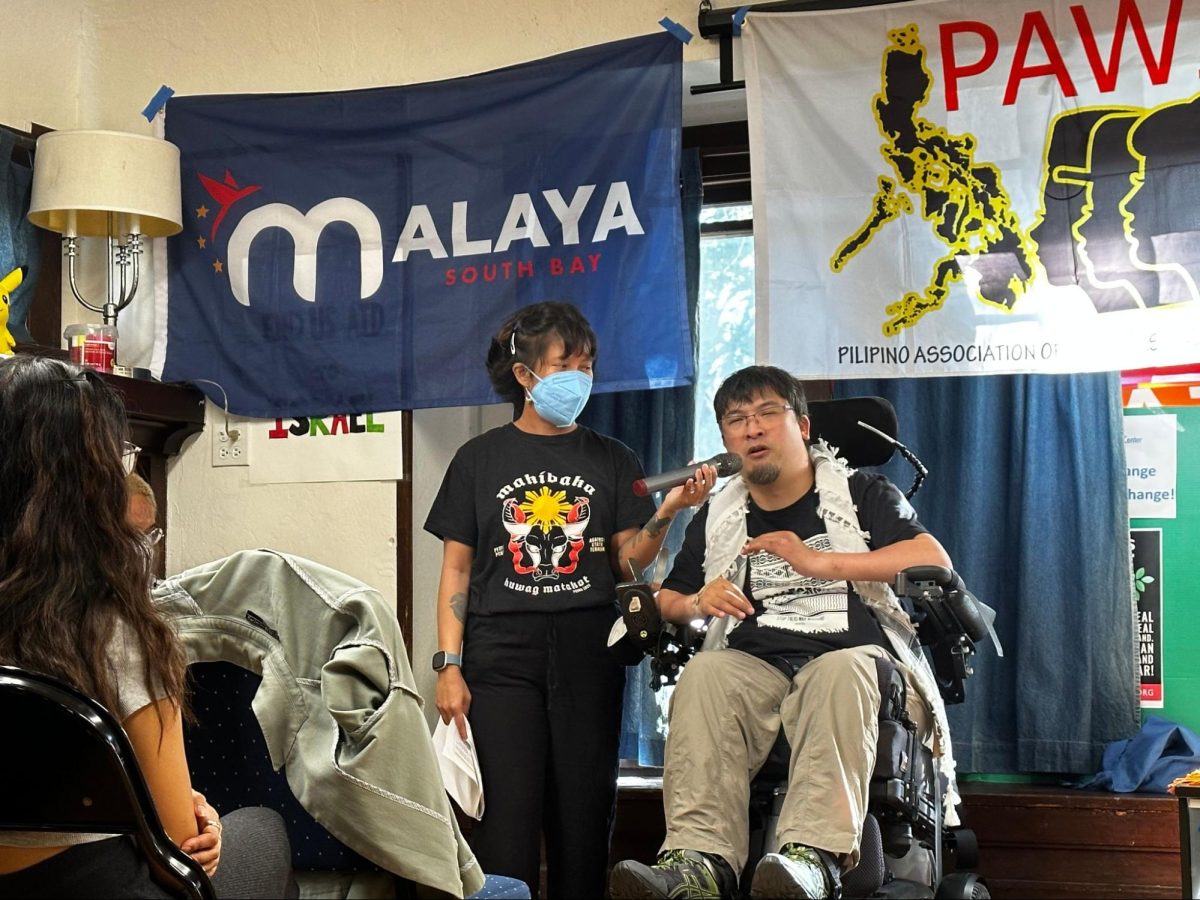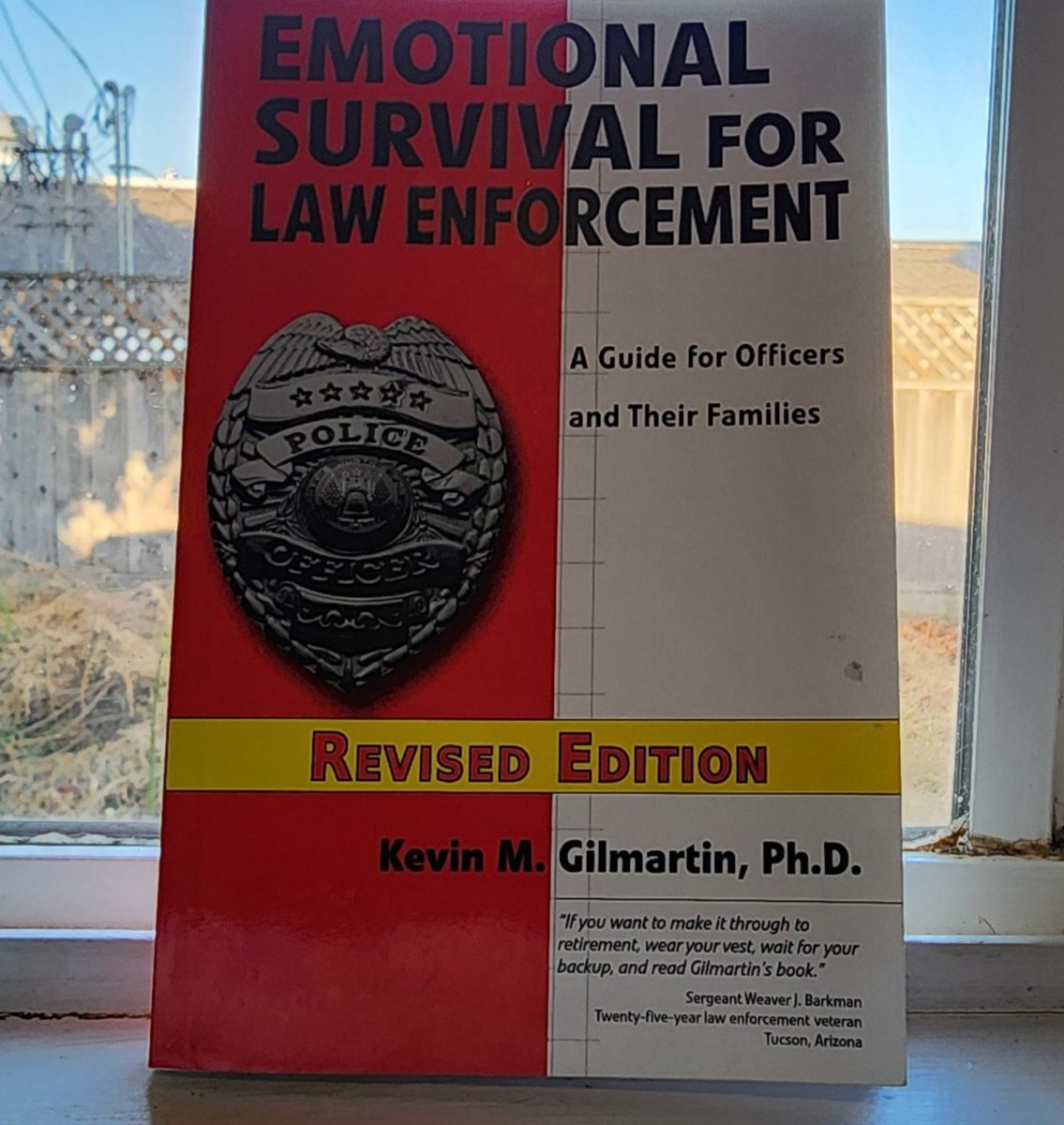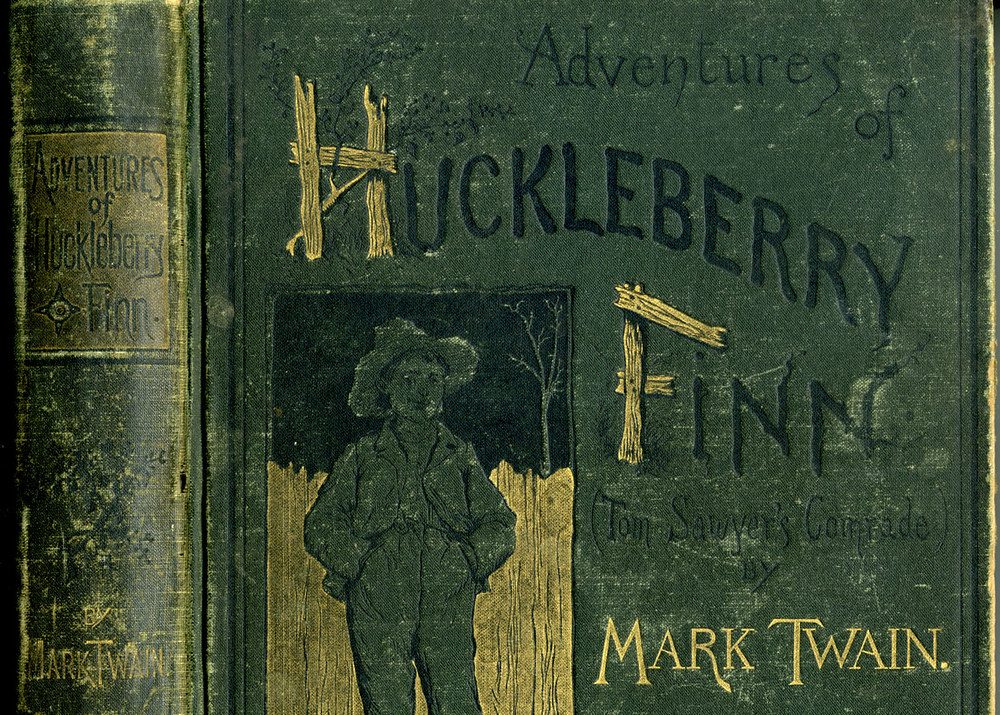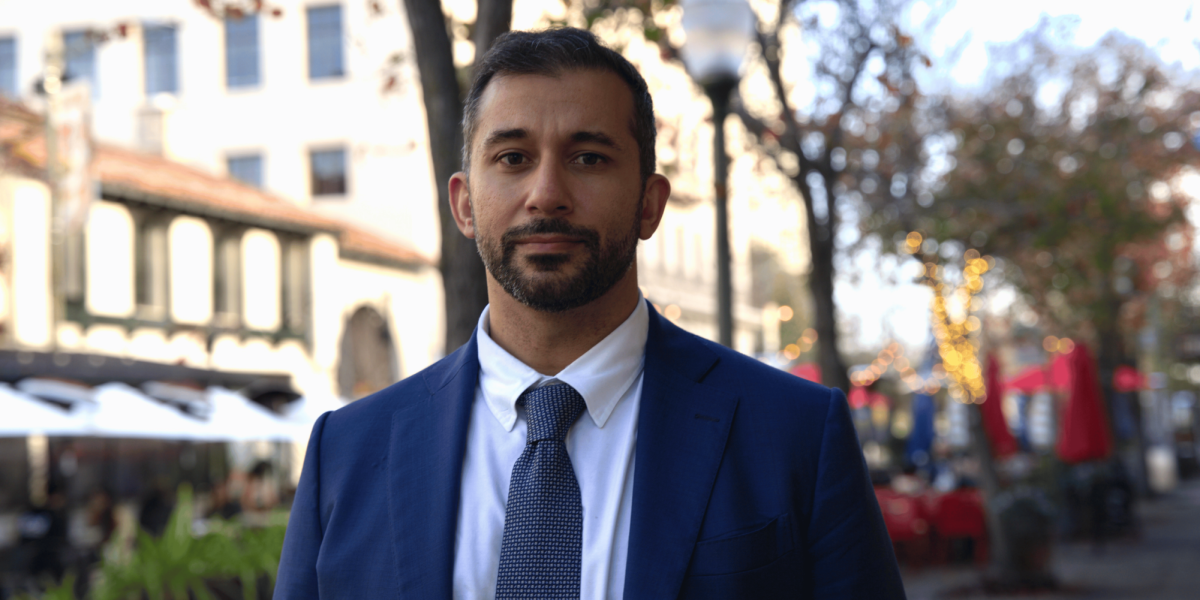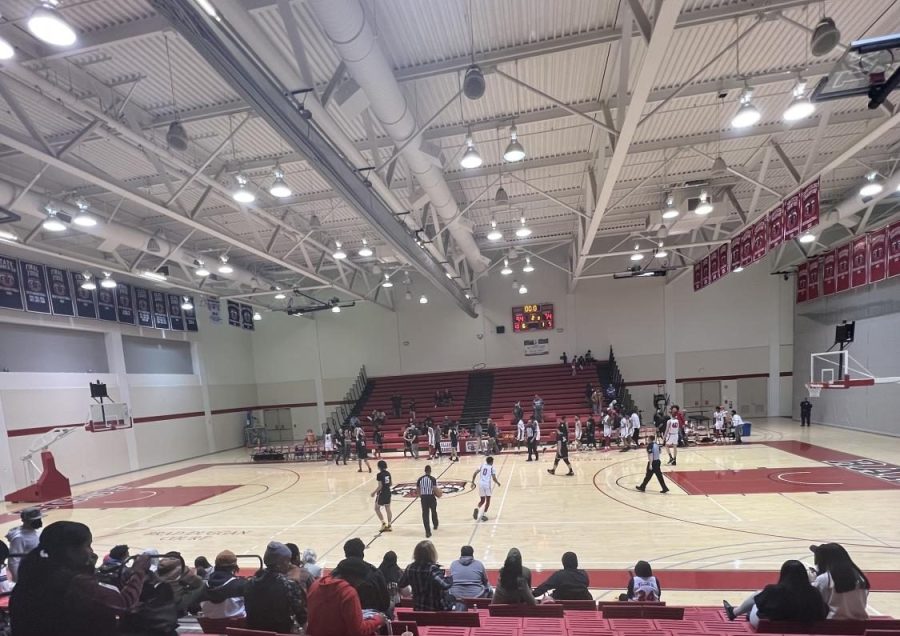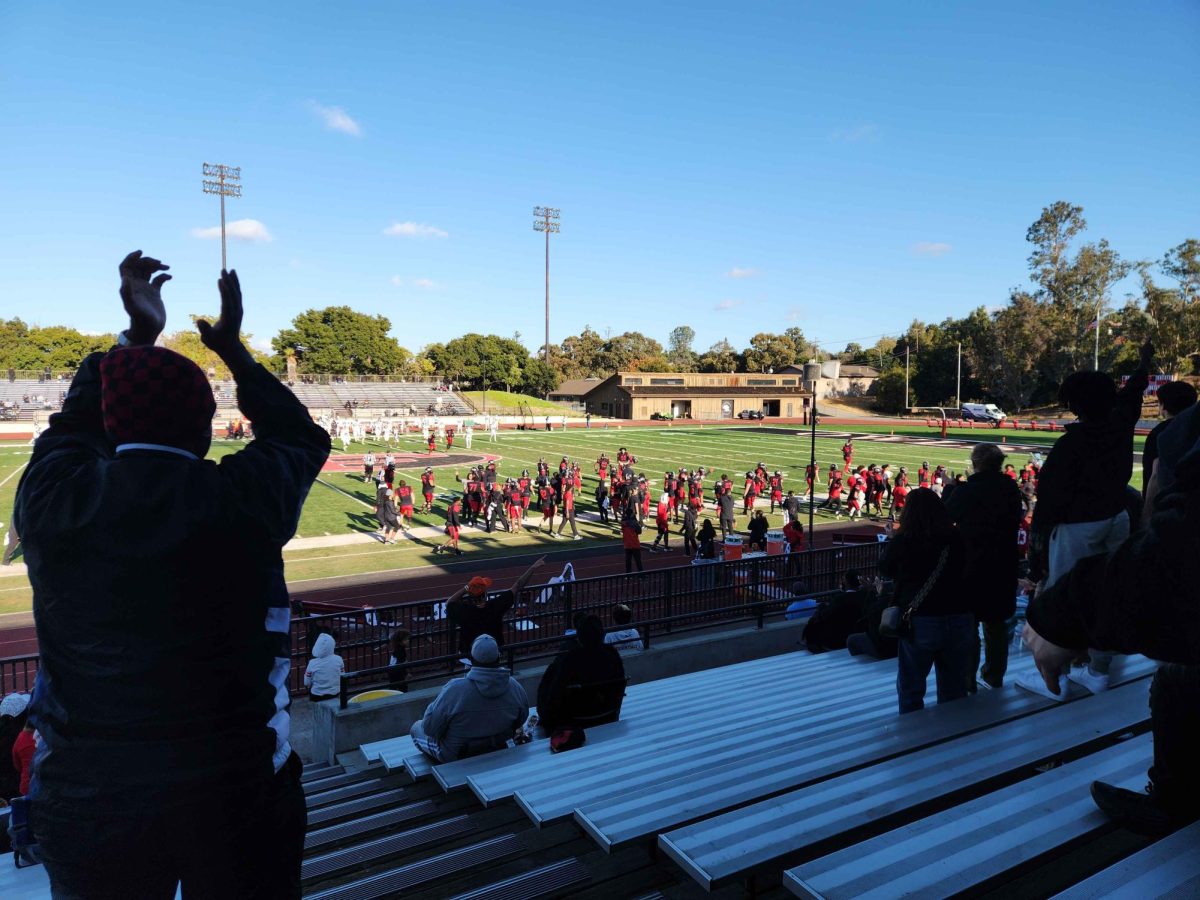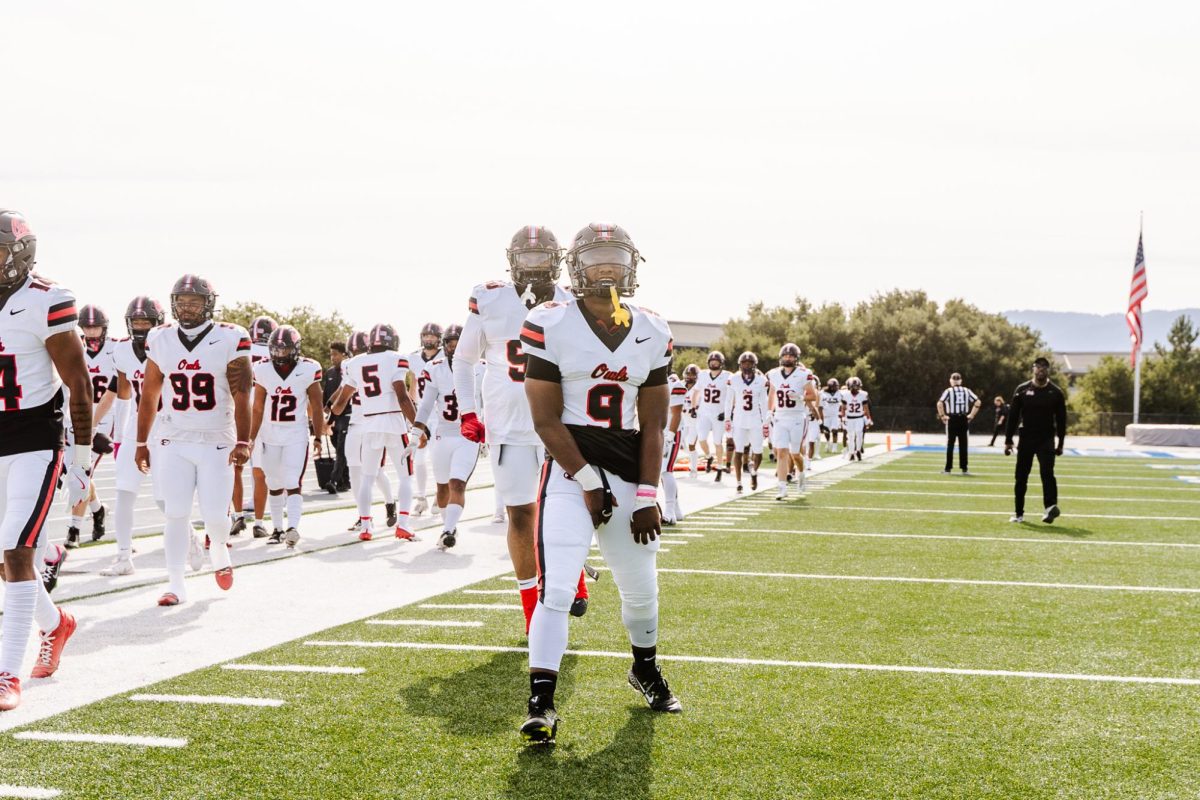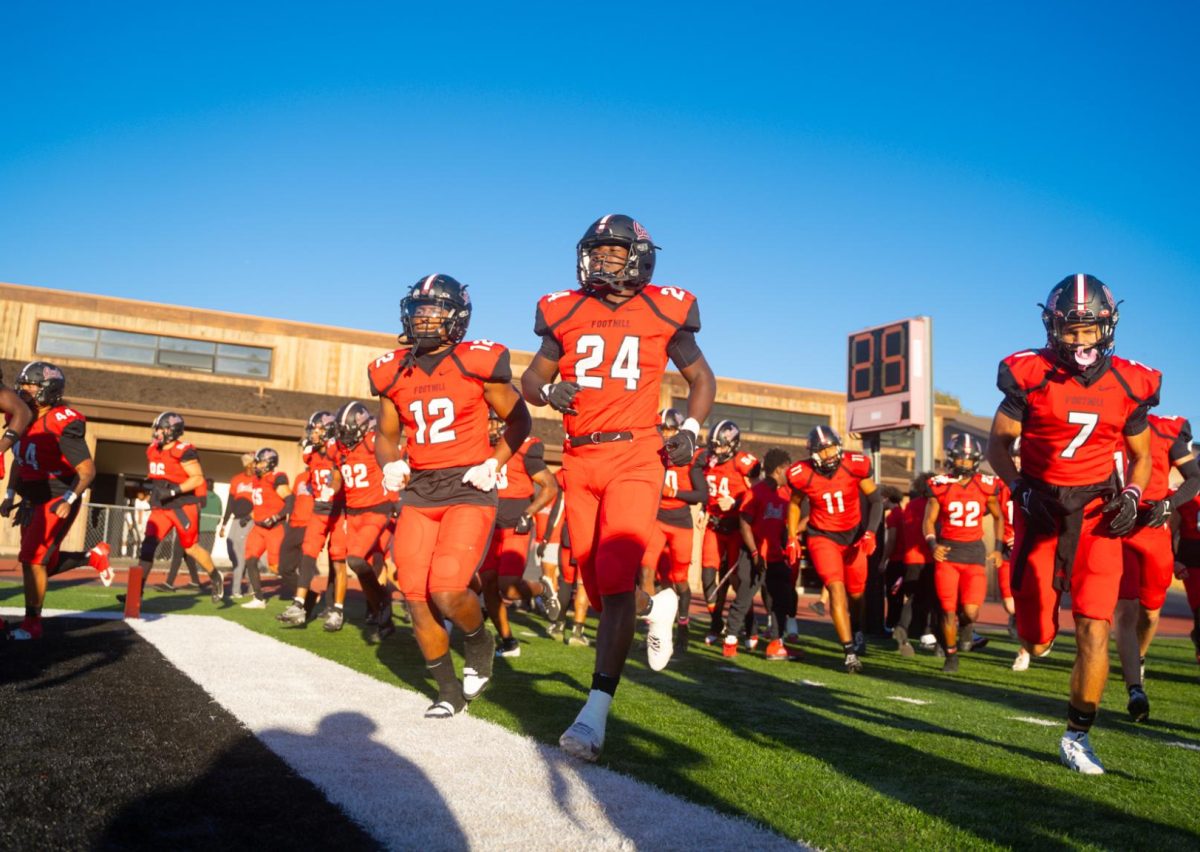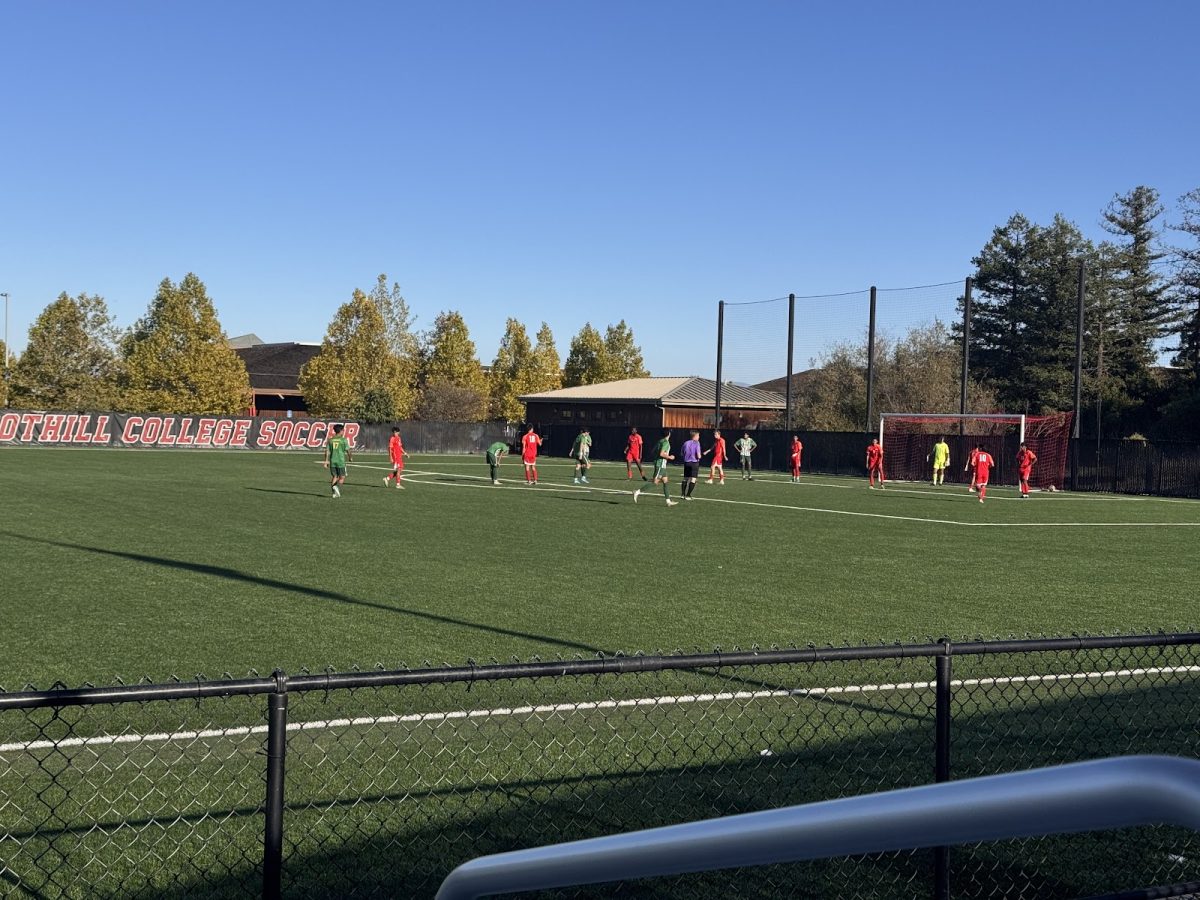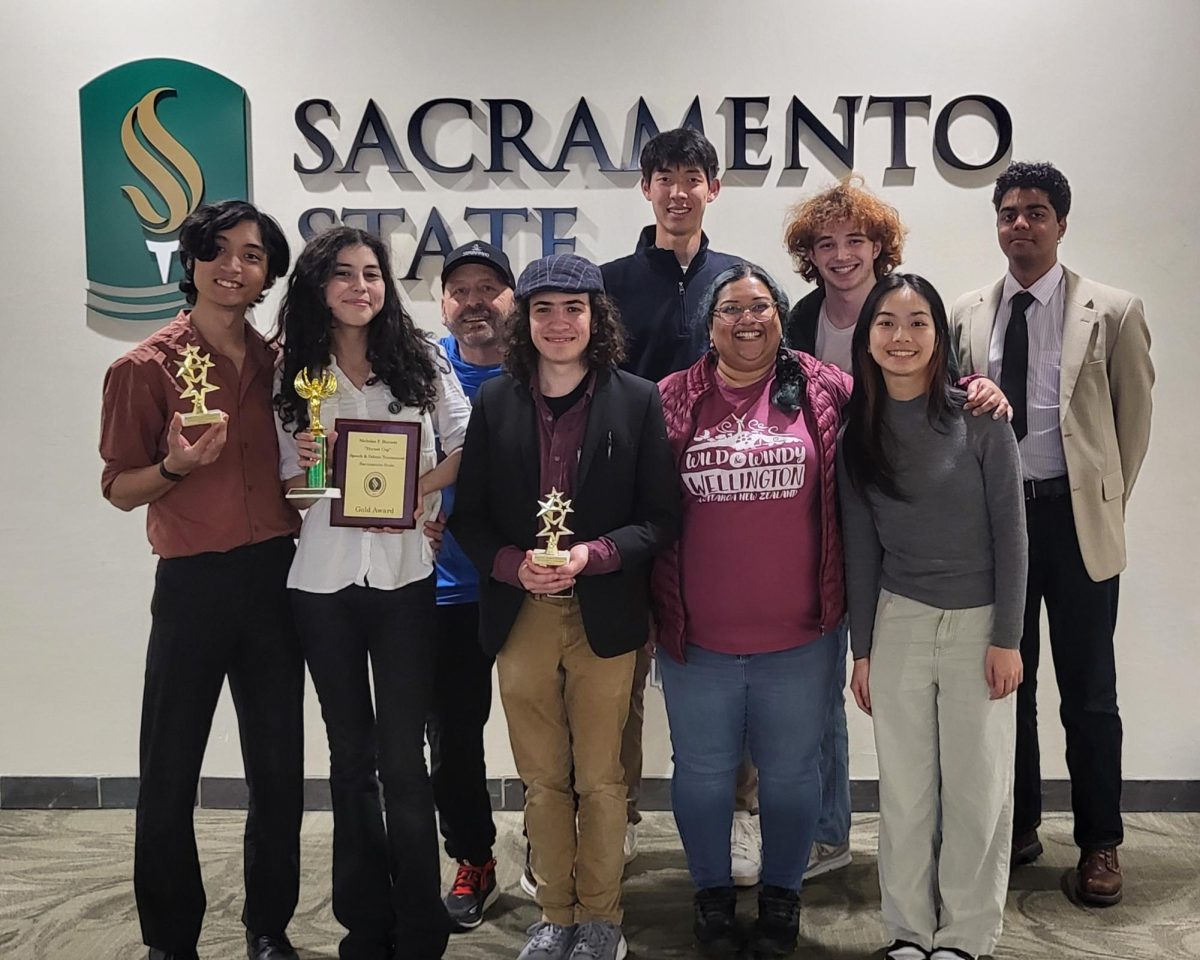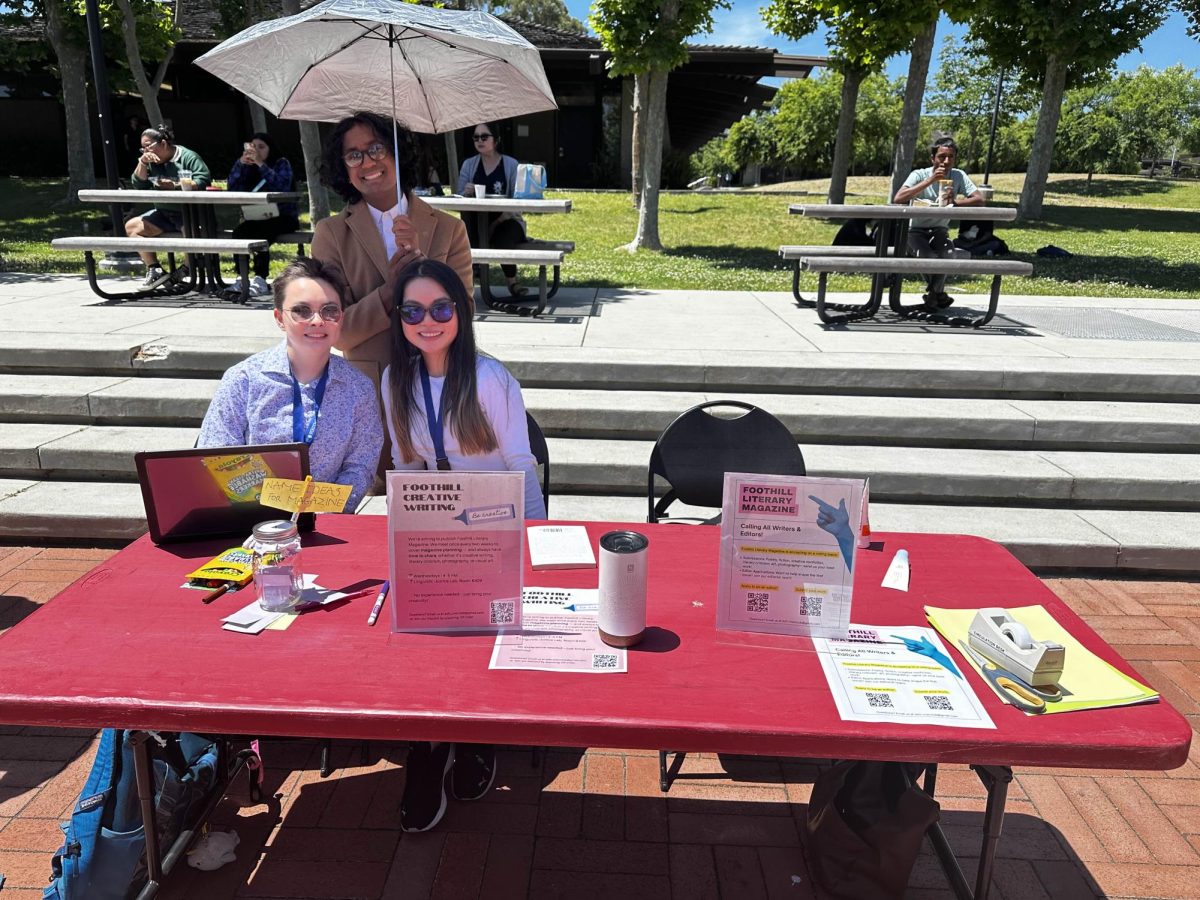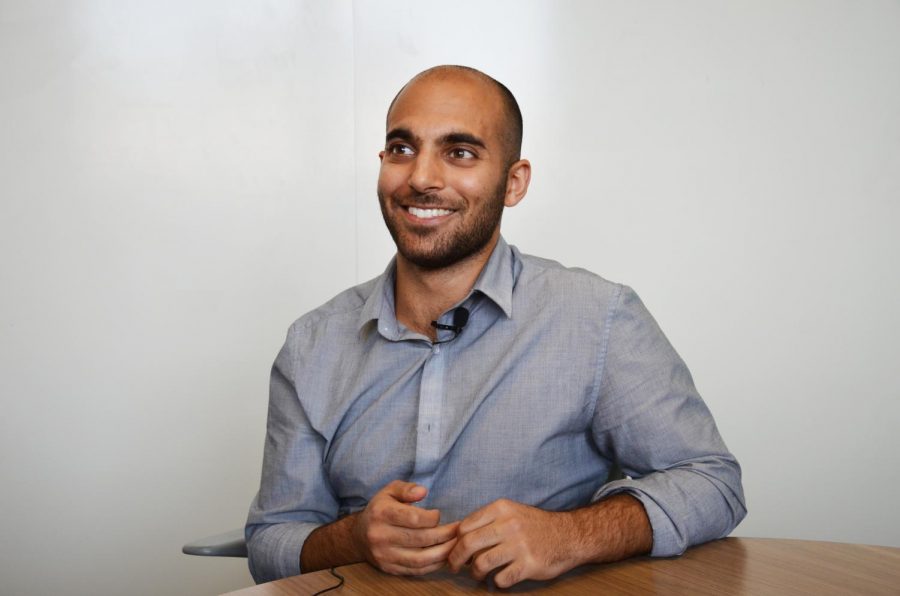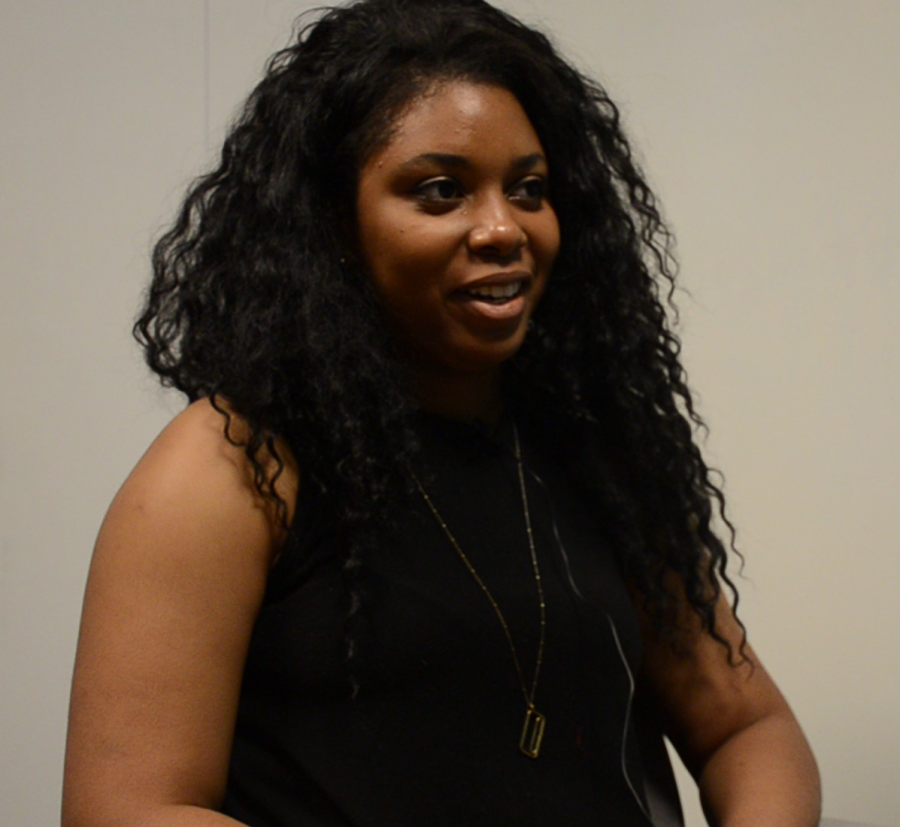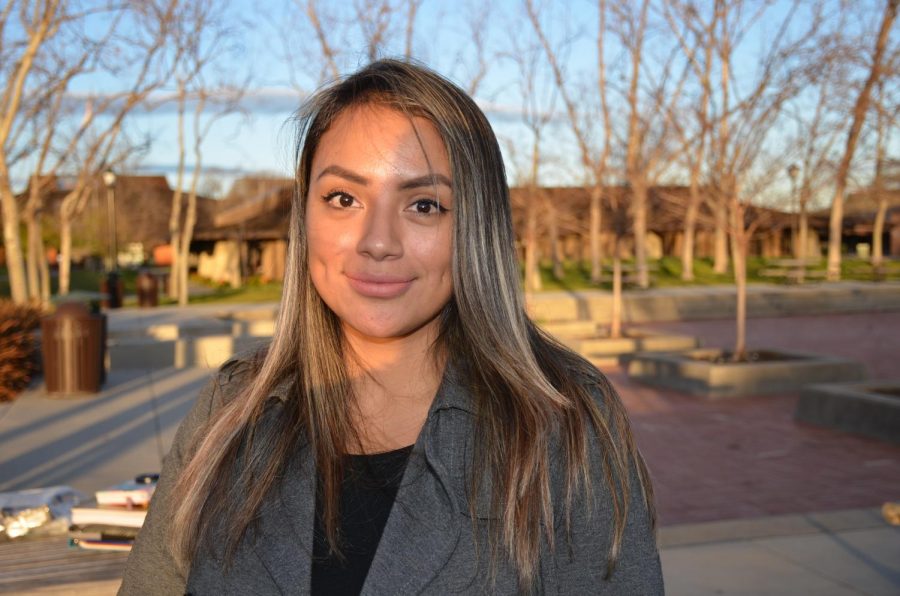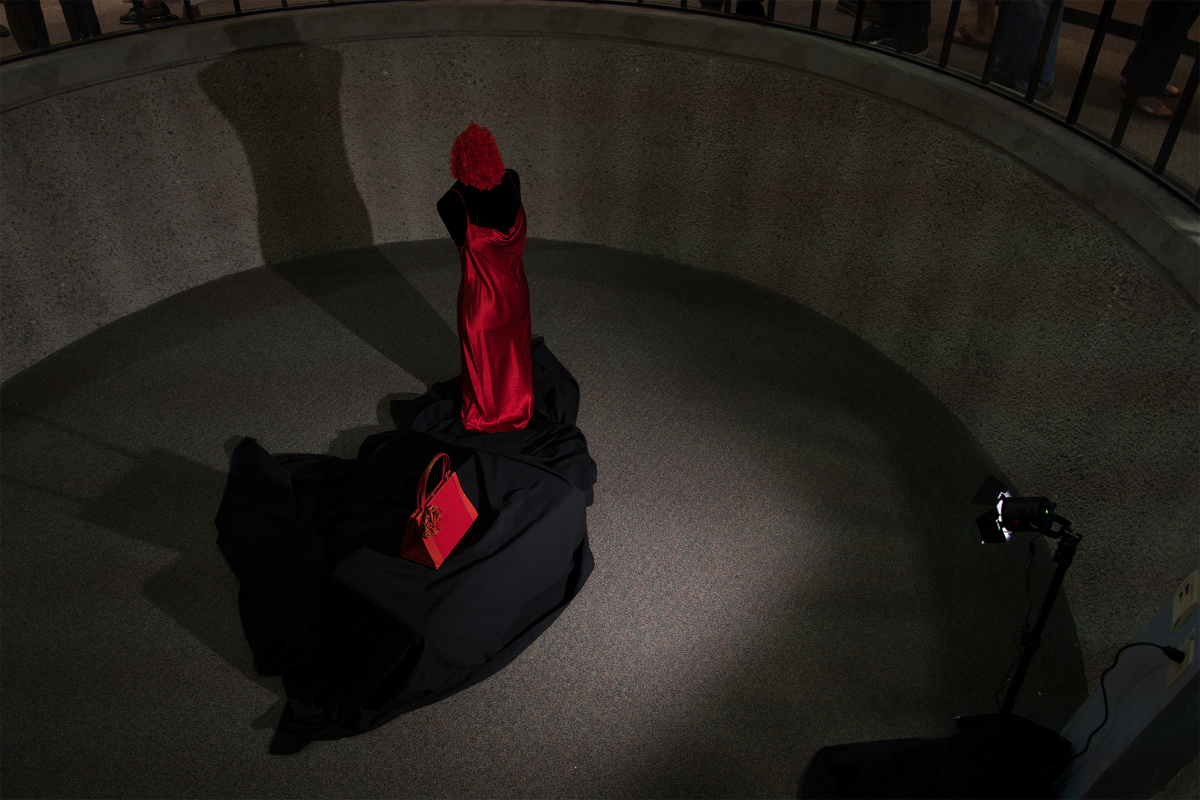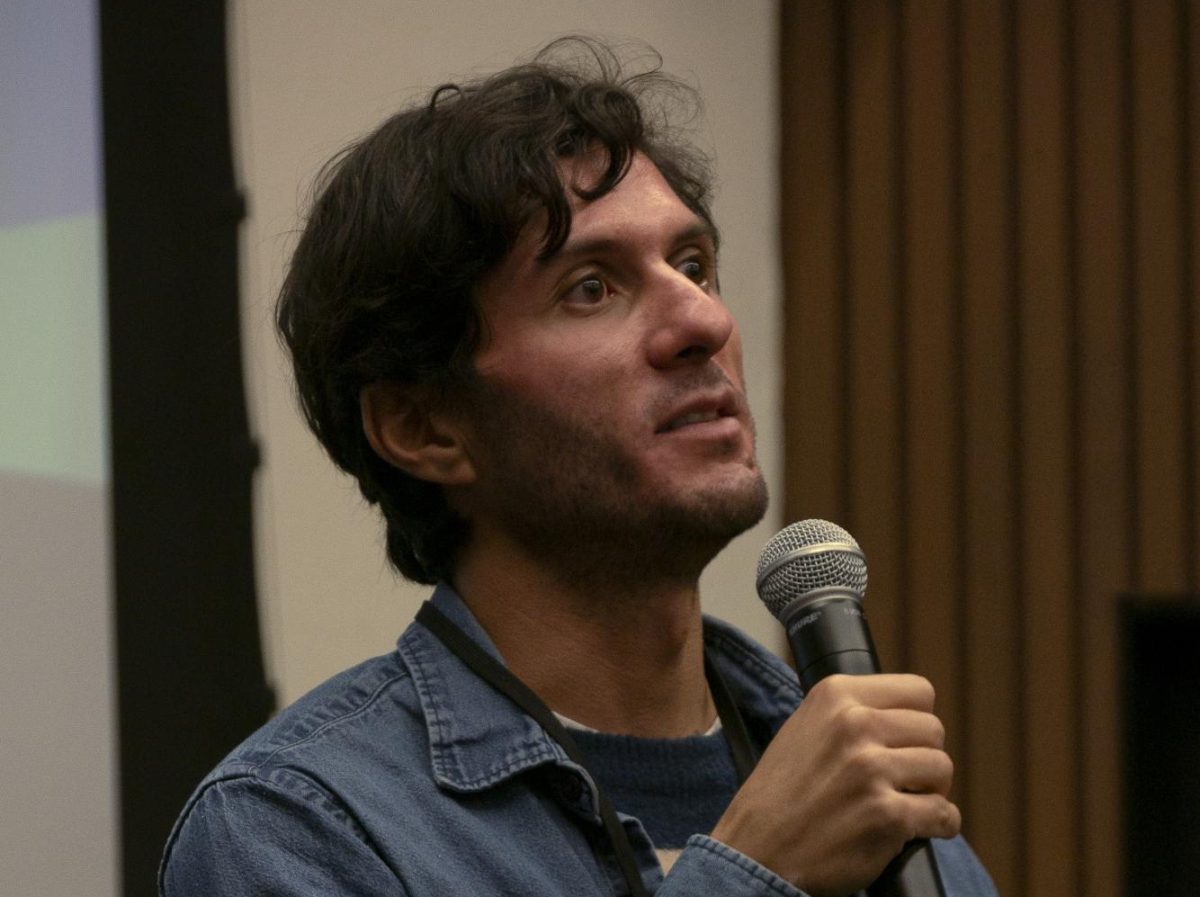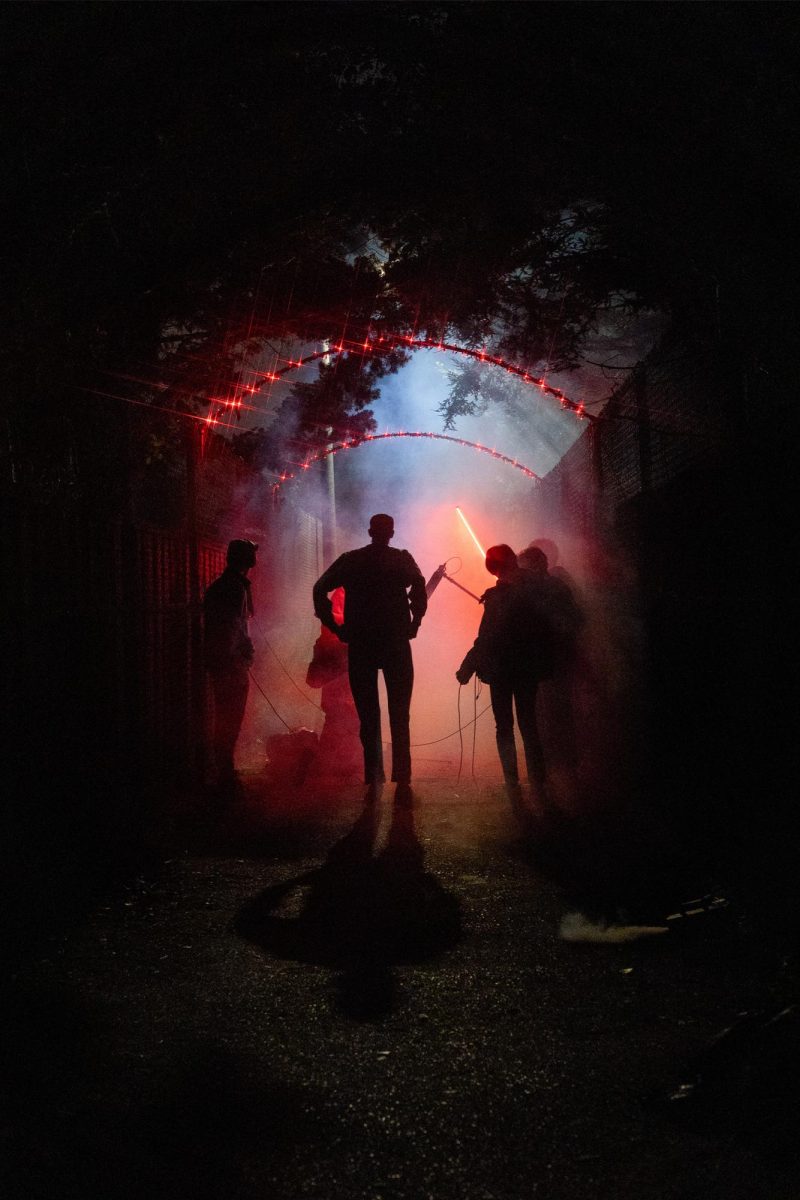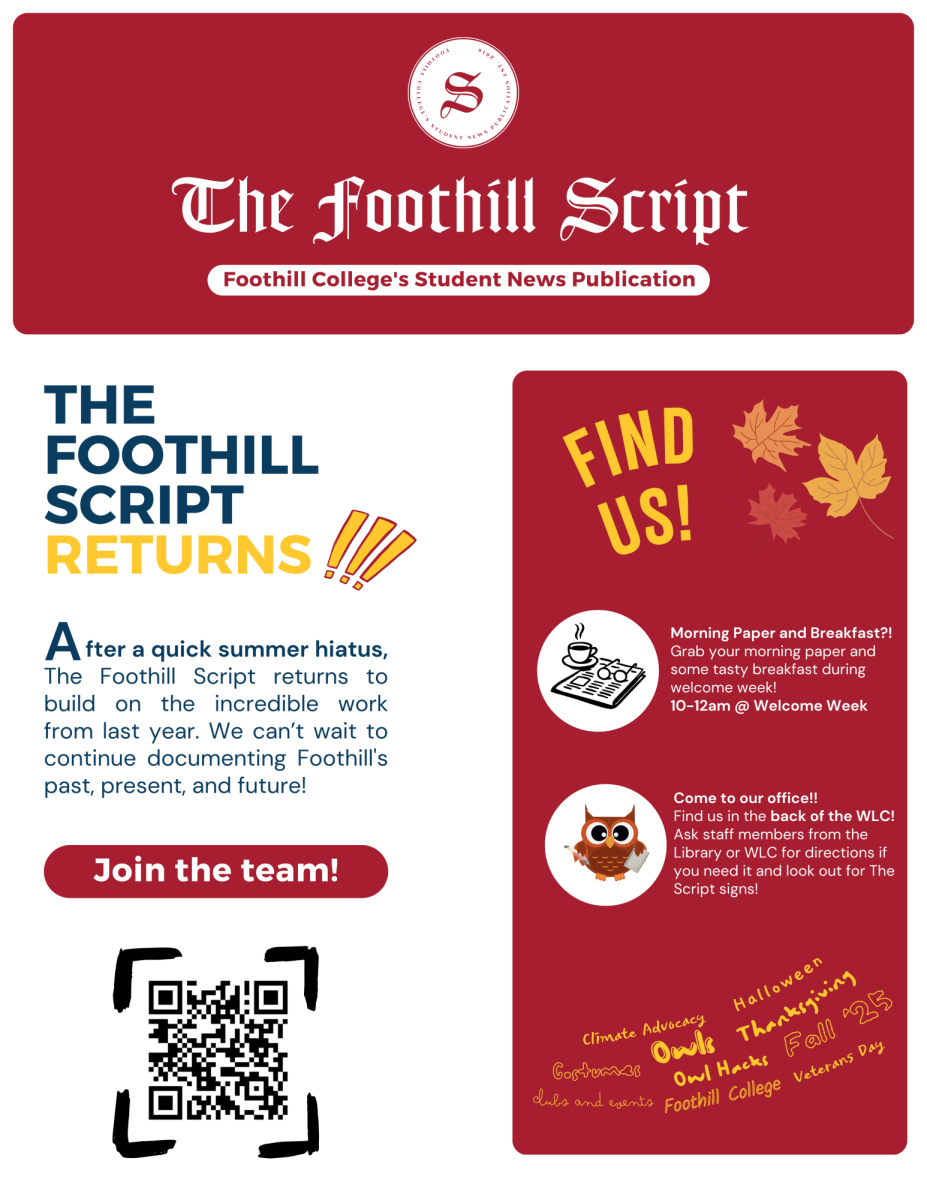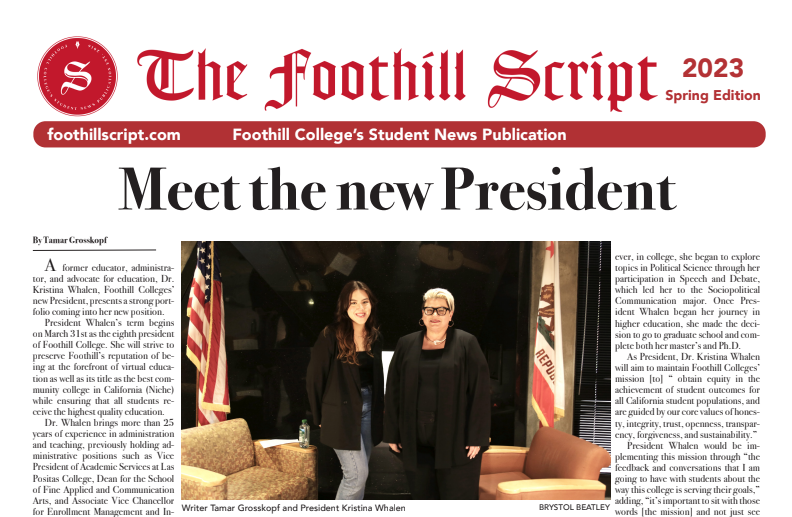As a college right in the heart of Silicon Valley, Foothill College has always been rather advanced when it comes to STEM subjects. As a result, the rise of artificial intelligence in education has frequently been a topic of discussion. Just this May, Foothill College featured an Innovation Challenge on AI development in education. AI has begun to be frequently used in education, with some studies suggesting that a majority of students in US higher education use artificial intelligence within the learning process. To test exactly how AI is used by Foothill students, the author, writing for The Script, has conducted an anonymous study on AI usage on campus. For this write-up, we additionally utilized research conducted by another student, Shama Wahab, for AI usage in English studies.
For The Script’s research, we relied on a sampling via asking professors to inform students on our survey, and also on student social media servers, such as the unofficial campus Discord. Our overall sample size is not statistically significant, but it is enough that we can draw some basic and important conclusions. The survey results found that AI usage is common at Foothill, yet students have mixed thoughts on how it impacts education.
Every single Foothill student surveyed was familiar with AI. 49% of students were very familiar with AI, 40% were somewhat familiar, and only 14% were just aware of AI. This certainly makes sense, given the prominence of AI within contemporary society. Amongst which AI software was the most used by Foothill students, ChatGPT was far away the favorite. 71% of Foothill students use ChatGPT, either in their personal lives or within academic settings. Gemini and Claude follow a good distance away, with percentages in the teens and single digits, respectively. Interestingly, no Foothill students reported using the much hyped DeepSeek. Only 25% of students do not use AI.
Within Foothill classes, 63% of students have used AI in classwork at least once, and 23% admitted to using it for some assignments. Amongst the students surveyed, 34% study Social Sciences, 29% study STEM, 17% study Business, 12% study the Humanities, and the rest study a variety of subjects. 51% of students use AI for quantitative subjects (such as math, physics, or economics), and 49% for qualitative subjects (such as English or history).
Of course, not all AI usage is the same. Using AI as a resource is often unregulated, and sometimes even encouraged (though not always) by Foothill professors. On the other hand, using AI while working on an assignment is often explicitly banned within Foothill College classes, and most colleges across California and the United States.
Foothill students used AI in a variety of ways, ranging from the mundane to the complicated. The most common usage, by far, was to help understand the material being provided (46%). Using AI to understand material has been frequently discussed before, especially at Foothill College. Campus-based startup, TOPIQ, plans to provide such a service for neurodivergent students. Second place in the Foothill Innovation Challenge, SayMore, seeks to provide such a service for international students unfamiliar with academic English. Other study related reasons were also quite common, with 40% using AI directly as a study tool, and 29% to summarize lengthy readings.
Of course, sometimes students would use AI to do their work. As per Wahab, 57% of students in English classes have used AI to assist in the writing process, while only 52% have used it for studying. When it comes to students studying in general, 29% have used AI to double-check their answers, 26% to better understand the questions, and 14% have used it to do their assignments. Oftentimes, such behavior is explicitly not allowed within the courses taken, but it nonetheless occurs, given that AI is both cheap and easy to use, and also not strictly monitored.
Despite the relatively frequent usage of AI, students have rather mixed opinions of how it affects the learning process. While AI helps to personalize the learning experience, it can also reduce the amount of critical thinking required to properly learn a subject. 54% of Foothill students believed that the college SHOULD place restrictions on AI usage for classwork, meaning that several AI using students want to see AI usage in classwork restricted. The biggest concern they mentioned was on how AI inhibits critical thinking, with one student stating that it could be “dangerous for developing critical thinking skills.”
Those opposed to banning AI, in large part, did not doubt its ability to halt critical thinking and harm the learning process. Rather, they believed that the omnipresence and quick evolution of AI would render a blanket ban rather ineffective. One student surveyed stated that “Pandora’s Box has already been opened,” continuing that the college should “Teach people to use it as a tool, and have it enhance their learning rather than replace. Currently, many use it as a crutch, and hurt their learning, when it could be something like a calculator in the future.” Some noted that enforcing AI policy would be quite difficult. Others also noted that this would reduce innovation and evolution on campus, as Foothill has recently placed an emphasis on adapting and using emerging technologies, via programs such as the Emerging Technologies Institute or the Startup Incubator.
However, not all students believe that the learning process is functioning as intended, and see AI as a welcome reprieve. One student said that AI consistently increased their productivity, and thus believed it to be quite beneficial. One student stated, “When schools value grades over actually learning, why wouldn’t I use it?”
Foothill professors are already trying to use AI. Dr. Kathryn Maurer, anthropology professor, puts harsh restrictions on any usage, even with AI-adjacent software such as Grammarly. Other professors do not provide a direct AI policy through their syllabi, and others still purposefully do not place any harsh restrictions on AI within their classes. For example, former Foothill professor Rolando Robles-Ramirez encouraged students to use AI as a tool in their classwork. If and when Foothill College puts in place its AI policy, the college’s board will have to deal with the competing sentiments of the various stakeholders of the college.
Students are roughly split half-and-half on whether to restrict AI, many professors are interested in restricting its usage (surveyed professors support AI restrictions), and technological leaders who want Foothill to be a leader in terms of emerging technologies amongst community colleges. Foothill’s decision will also likely influence other California Community Colleges, as it remains one of the most prominent amongst them.
Either way, the key concern remains how to best help students succeed in learning the skills that they will use for the rest of their lives. Foothill tutors are constantly encouraged to use a mix of hard and soft skills, and providing them to students is one of the critical goals of Foothill’s education. AI makes our current education system somewhat obsolete, making it difficult to gain both of these types of skills. As a result, our education system will have to evolve in order to better help students learn the material and critical thinking. Foothill’s administration should be aware of the impact of AI, and plan how to best support learning in the new age of education. Whether a ban on AI or an evolution in our course materials would be more effective is yet to be seen. The question is urgent, and answers are elusive.
Special thanks to Professors Brian Lewis and Brian Evans, and to Shama Wahab


